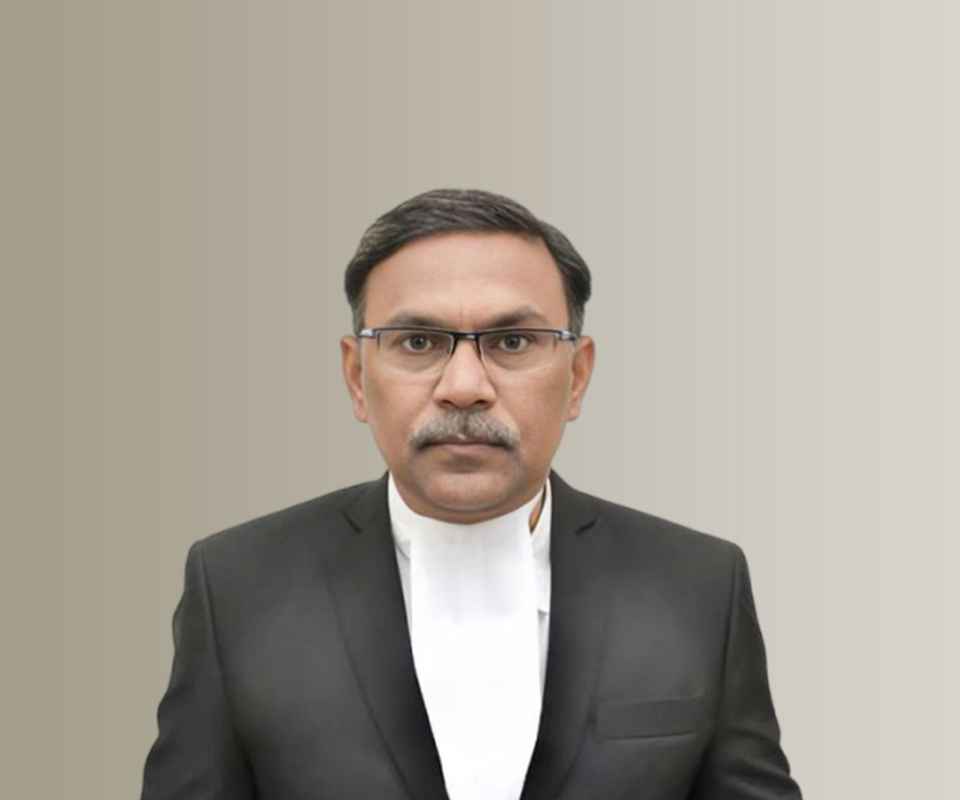Answer By law4u team
A Debt Recovery Tribunal (DRT) is a specialized judicial body established under the Recovery of Debts Due to Banks and Financial Institutions Act, 1993 (RDDBFI Act) to expedite the recovery of debts owed to banks and financial institutions. It ensures efficient resolution of disputes related to debts and reduces the burden on regular civil courts. Key Features of a Debt Recovery Tribunal (DRT): Jurisdiction: DRTs handle cases where the debt amount is ₹20 lakhs or more. They have jurisdiction over the recovery of loans, mortgages, and other financial claims by banks and financial institutions. Structure: DRTs are presided over by a Presiding Officer, who is typically a judicial officer. Appeals from the orders of a DRT can be filed before the Debt Recovery Appellate Tribunal (DRAT). Objective: To ensure faster recovery of debts owed to banks and financial institutions. To streamline the process of debt recovery by providing a single-window mechanism. Legislative Basis: Established under the RDDBFI Act, 1993. Expanded in scope to include cases under the SARFAESI Act, 2002 for recovery of secured loans. Functions and Procedure of DRT: Filing of Application: Banks or financial institutions initiate proceedings by filing an original application (OA) with the DRT. The application must include details of the debt, security, and the default by the borrower. Issuance of Notice: Once the application is filed, the tribunal issues a notice to the borrower (defendant) to respond within a specified time. Adjudication Process: The Presiding Officer conducts hearings to examine evidence and arguments from both parties (lender and borrower). The tribunal may allow oral submissions and require the production of relevant documents. Recovery Certificate: If the DRT finds that the debt is due, it issues a Recovery Certificate to the Recovery Officer. The certificate specifies the amount to be recovered and the mode of recovery. Role of Recovery Officer: The Recovery Officer is empowered to execute the Recovery Certificate. The officer can take steps like attachment of property, sale of secured assets, garnishee orders, or appoint receivers to recover the debt. Borrower’s Rights: The borrower can present objections, provide evidence, and contest the claims made by the bank. Borrowers can file an appeal before the DRAT if dissatisfied with the DRT’s decision (after depositing 50% of the debt amount). Enforcement of SARFAESI Act: DRTs also handle cases under the SARFAESI Act, where banks have seized secured assets without court intervention. Borrowers can approach the DRT to challenge actions taken by lenders under the SARFAESI Act. Expedited Timeline: DRTs aim to resolve cases within 6 months from the date of filing, though delays may occur in practice. Advantages of DRT: Specialization: Focused on resolving debt-related disputes. Faster Resolution: Avoids the lengthy process of civil courts. Cost-Effective: Relatively lower litigation costs for banks and borrowers. Binding Orders: Orders issued by DRTs are binding and enforceable. Appeals and Appellate Tribunal (DRAT): Appeals against a DRT’s decision can be filed with the Debt Recovery Appellate Tribunal (DRAT). The appellant must deposit 50% of the debt amount before filing the appeal (this amount may be reduced to 25% at the discretion of the tribunal). Challenges in DRTs: Case Backlog: Despite their objective to expedite cases, many DRTs face a backlog due to insufficient staffing and infrastructure. Enforcement Delays: Execution of Recovery Certificates may take time due to procedural issues. Limited Jurisdiction: DRTs cannot handle cases below ₹20 lakhs, which must be pursued through regular courts. Conclusion: Debt Recovery Tribunals play a crucial role in ensuring the timely recovery of loans and debts owed to banks and financial institutions. By offering a streamlined and specialized forum, they have significantly improved the efficiency of the debt recovery process in India. However, improving infrastructure and reducing procedural delays can further enhance their effectiveness.








